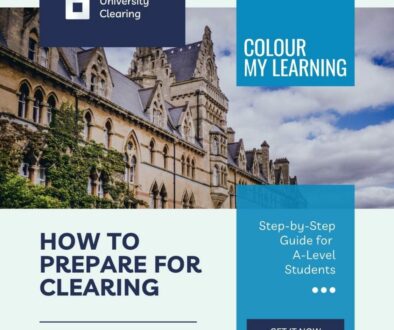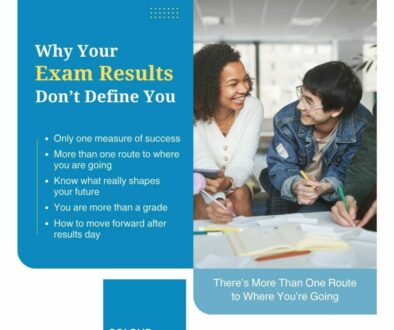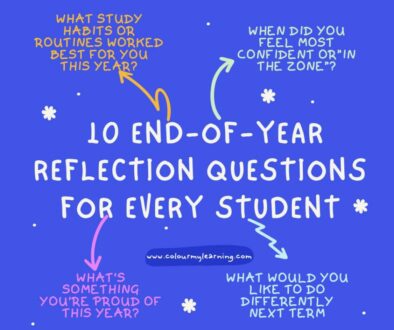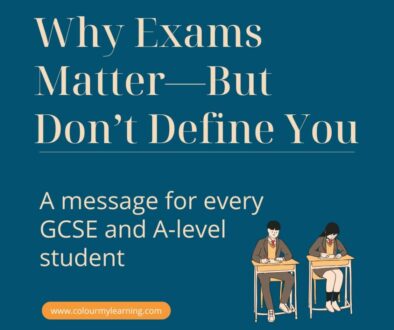How to Engage Young Learners and Encourage Life-long Learning
The desire to learn stays with many of us for a lifetime, but for others may be a struggle. They may not have had a great early learning experience, or they were not engaged in a way that worked for them. So much more is known now about how young people learn best – how to identify their habits and leverage them effectively.

There are a great many methodologies for teaching young learners. Educators differ on their views as to what will work best. There are methods like Inquiry-based learning, and Provocation-based learning, for example. Some focus on visual and tactile learning, while others believe that learning through ‘play’ is best. Some are very structured and rigid, while others allow the children to guide themselves. It can be daunting to read about all of them.
Another method which has been adopted in many learning environments is the Universal Design for Learning focusses on progressive learning through deliberate design.
However, no ‘one’ method seems to be the answer, but maybe a hybrid of a few – a more adaptive and accommodating method may engage young learners more effectively. The physical layout of the classroom, as well as the curriculums, are going through significant overhauls to find the optimal approach to fostering innovative pedagogical methods.
‘Well I was taught in a traditional classroom, and it was just fine for me! So, what’s the problem?’
The traditional classroom with rows and rows of desks and the teacher ensconced at the front, authoritatively is becoming a thing of the past. That model of learning has been questioned for decades now but has been slow to change. There is a great deal of debate on the effectiveness of that model for junior schools and early learners – are we getting the best possible results from our youngsters this way?
Catching a young person at the right age and making learning an engaging and enjoyable process is often challenging. Each child learns differently – we know that now – so understanding how they learn and leveraging that knowledge takes focus and attention. By speaking with the parents, you will also gain a better understanding of their home life and what the expectations for academic success are.
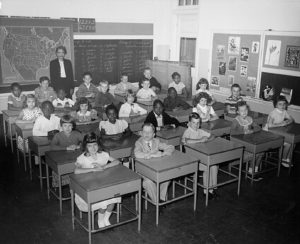
Do they get help at home with projects and tasks, or are they pretty much left to their own devices? Is there a language barrier at home (do the parent understand the materials or projects being sent home?). All of these factors affect a young person’s ability to learn and affect how they will learn best.
To this end, teachers and instructors can play a crucial role in supporting and encouraging young learners to become enthusiastic life-long learners.
Identify and acknowledge different learning styles
Lorna is easily distracted and only pays attention for short periods of time. But once she is given something tactile to do, she is very focused. While Jie is happy to be given a book and left to read on his own. Then will discuss what he has read later with an instructor. So how does an instructor engage these disparate learners in a single classroom?
Set clear learning goals and objectives
Applying clear and tangible goals in phases or increments will allow the young learners to feel the satisfaction of achievement often. This will encourage them to meet the next set of goals confidently and with a positive, constructive attitude. By sharing their achievements with peers, they will be able to articulate their task or project to the rest of the class or their team.
Encourage collaboration
Team dynamics allow young learners to share their skills, encourage others and be encouraged by others at a common pace. They also learn to work collaboratively and to understand what it means to be successful not only as an individual but as part of a team. They will come to understand that they will achieve greater success through cooperation and teamwork than by isolation.
Logical and cognitive groups can be formed so they are able to keep pace with one another. Even involving a more senior student to mentor and guide allows the mentor to gain leadership experience, but for the younger learners to work with older students in a positive and supportive manner.
Provide timely feedback
Providing frequent and constructive feedback allows the students to stay on track, ask frequent questions and see immediate reassurance they are meeting the expectations of the task or project. This feedback encourages them to move forward and think more broadly. Seeing immediate progress and understanding how they may improve what they are doing allows them to adapt their learning and apply it more expediently and effectively.
Nurture curious minds
As an instructor, ask your young learners frequent questions while they are working on their task. This will encourage them to think beyond the immediate task and lead them to expanded concepts and idea forming. Initially, give them short, quick turn-around tasks which offer immediate and frequent feedback and affirmation. gradually, larger and more complex tasks can be introduced as they become more adept.
‘How did you come to that conclusion?’
‘How do you think that might apply to another situation?’
‘Who do you think might benefit from your idea?’
When a child is successfully engaged in learning and idea sharing, it piques their curiosity for life. Encourage them to question the world around them and to look beyond what is presented to them every day. By providing them with the tools with which to learn, they will be able to apply them to all challenges life will present to them.

After all, we never stop learning, do we?
Edited by Li-ling Ooi




